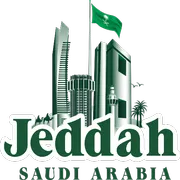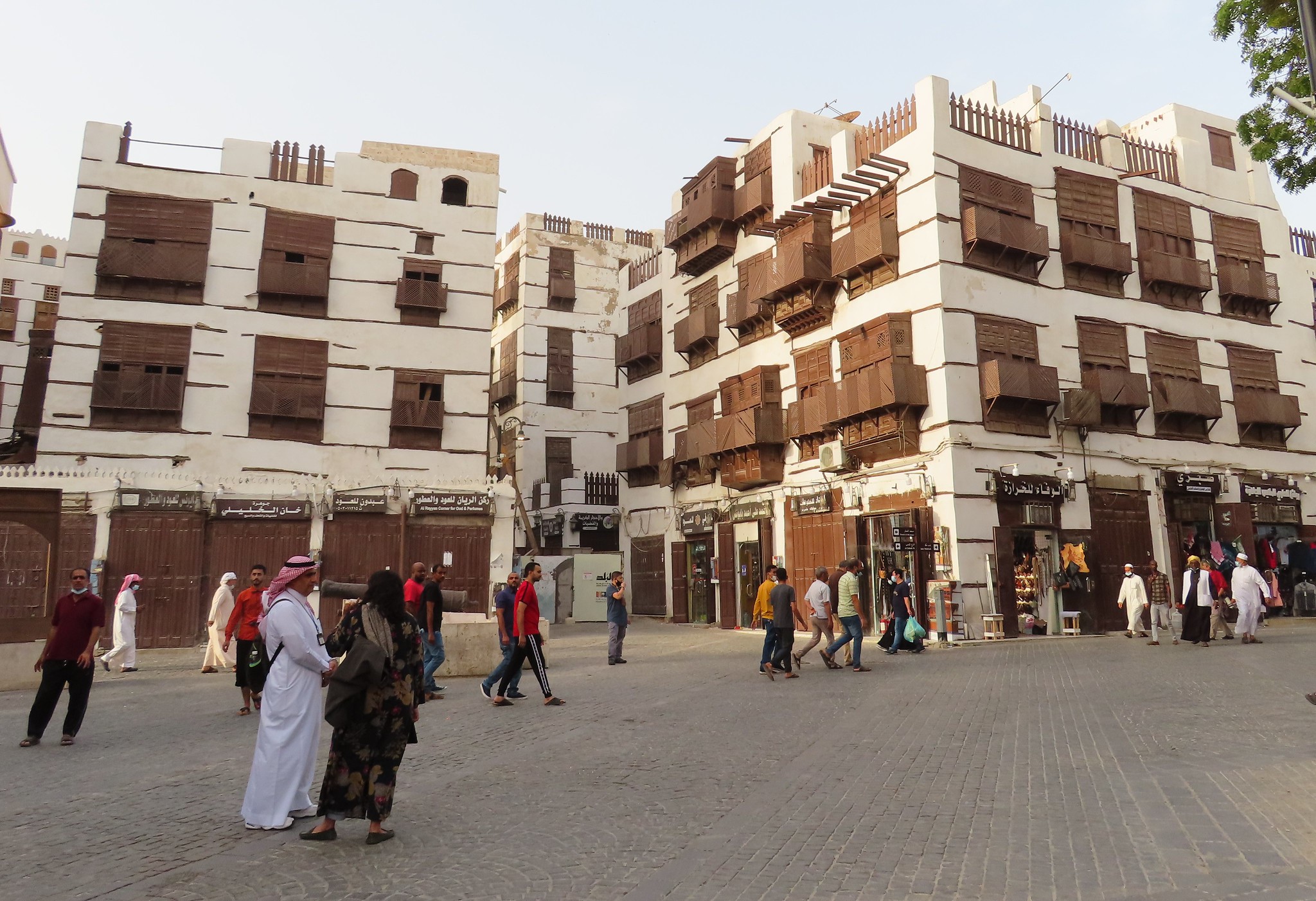Al-Balad, the historic heart of Jeddah, Saudi Arabia, is a treasure trove of architectural wonders that have stood the test of time. This UNESCO World Heritage Site is renowned for its unique coral architecture, which has captivated visitors for centuries. As you wander through the narrow, winding streets of this ancient quarter, you can’t help but be transported back in time, marveling at the intricate designs and sturdy structures that have weathered countless storms and scorching desert heat.
The use of coral as a building material in Al-Balad dates back to the 7th century when the city was established as a major port on the Red Sea. This ingenious construction technique was born out of necessity, as the region lacked traditional building materials like wood and stone. Instead, the resourceful inhabitants turned to the abundant coral reefs just off the coast, harvesting chunks of coral and transforming them into durable building blocks.
What makes these coral buildings truly remarkable is their ability to withstand the harsh coastal environment. The porous nature of coral allows air to circulate freely, creating a natural cooling system that keeps the interiors comfortable even in the sweltering Saudi heat. Moreover, the coral’s composition helps regulate humidity, making these structures surprisingly resistant to decay and erosion.
As you explore Al-Balad’s labyrinthine streets, you’ll encounter countless examples of this fascinating architectural style. The most striking features are undoubtedly the ornate wooden balconies, known as rawasheen, which adorn many of the buildings. These intricately carved screens not only add a touch of elegance to the facades but also serve a practical purpose, allowing cool breezes to enter while maintaining privacy for the occupants.
One of the most iconic structures in Al-Balad is the Nassif House, a stunning example of coral architecture at its finest. Built in the 1850s, this grand mansion once served as the residence of the city’s governor and later hosted King Abdulaziz, the founder of modern Saudi Arabia. Today, it stands as a museum, offering visitors a glimpse into the opulent lifestyle of Jeddah’s elite during the 19th century.
As you continue your journey through Al-Balad, you’ll come across numerous mosques that showcase the versatility of coral as a building material. The Al-Shafi’i Mosque, with its distinctive minaret and intricate coral detailing, is a prime example of how this humble material can be transformed into a work of art. The play of light and shadow on the coral surfaces creates a mesmerizing effect, especially during the golden hours of sunrise and sunset.
While many of Al-Balad’s historic buildings have been lovingly restored, others bear the marks of time and neglect. Conservation efforts are ongoing, with local authorities and international organizations working together to preserve this unique architectural heritage for future generations. It’s a delicate balance between maintaining the authenticity of these ancient structures and ensuring their stability in the face of modern challenges.
As your exploration of Al-Balad draws to a close, you can’t help but feel a sense of awe at the ingenuity and craftsmanship of those who built these coral marvels. Each building tells a story, not just of architectural prowess, but of a community that adapted to its environment and created something truly extraordinary. The ancient coral architecture of Al-Balad stands as a testament to human creativity and resilience, inviting us to appreciate the beauty that can arise from working in harmony with nature.
Al-Balad, the historic district of Jeddah, stands as a testament to the city’s rich cultural heritage and architectural significance. Its well-preserved coral stone buildings, intricate wooden lattice balconies, and narrow winding streets offer a glimpse into traditional Arabian urban design. As a UNESCO World Heritage site, Al-Balad not only showcases the region’s historical importance as a gateway for pilgrims and traders but also serves as a living museum of Saudi Arabia’s past. Despite facing challenges of modernization and preservation, Al-Balad remains an essential link to Jeddah’s history and continues to play a vital role in the city’s cultural identity and tourism industry.

